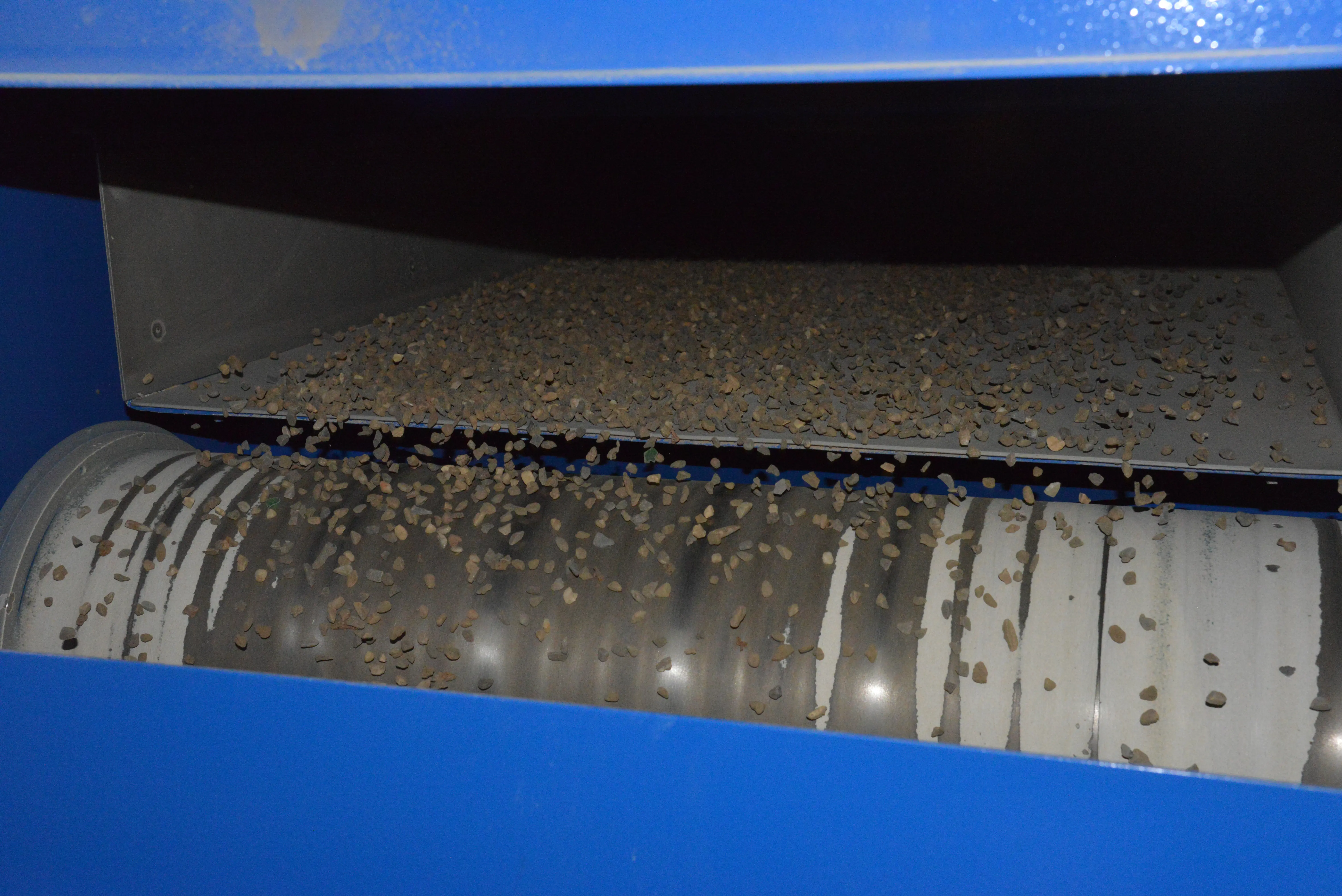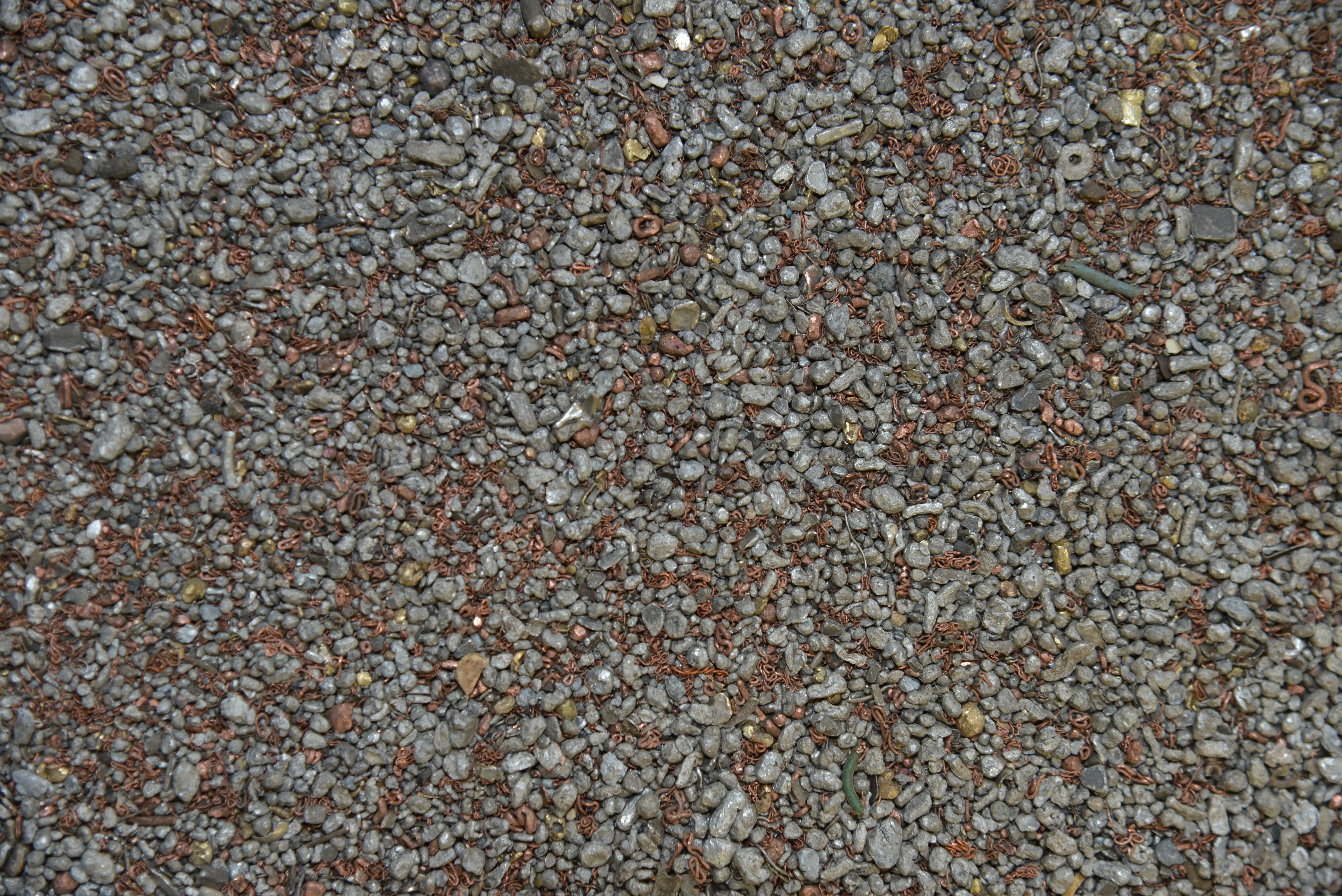

Supersort®
The Process
What is bottom ash?
Schlacke
Bottom ash is the largest residue fraction after incineration municipal solid waste (MSWI) and it mainly consists of minerals, glass and ceramics, but it also contains 1-3% non-ferrous metals and 5-15% scrap iron. A Swiss person produces approximately 100 kg of bottom ash per year.


Process
- Liberation of metals
- Recovering ferrous elements
- Grading by sieving-machine
- Removing organics
- Recovering non-ferrous metals
- Purifying non-ferrous metals
- Disposal of metal free bottom ash at the «Häuli» landfill
Results
- Scrap iron
- Light non-ferrous metals (Aluminium, Titan, Magnesium, …)
- Heavy non-ferrous metals (Copper, Brass, Lead, Silver, Gold, …)
- Stainless steel
- Cu-Fe (electromotors, «Meatballs»)
- Metal free MSWI bottom ash

Benefits
For the society
- Long-term conservation of resources and raw materials
- Less pollution of water, land and natural habitats near surface-mines
- Saving CO2 emissions
- Shorter transport distances of materials
For the disposal contractor
- Saves space in landfills
- Lower disposal fees for Shredder residue
- Affordable alternative to conventional disposal
- Optimised disposal logistics
- state-of-the-art technology
For the customer
- Products from supersort®metal with a metal content of > 98%
- Continuous high product quality
- Efficient and flexible logistics






